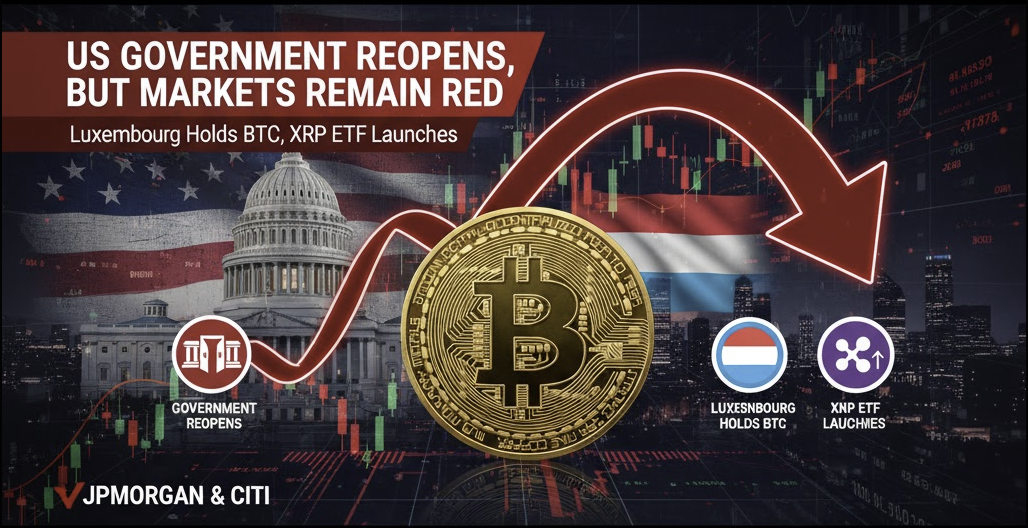Bitcoin adjusted slightly after reaching a new all-time high. The crypto market continues to receive positive news. A key question remains: is Bitcoin still following its traditional 4-year cycle?
Market Overview
Bitcoin recently bounced back to around $118,000 after a period of volatility where it briefly dipped to $114,000. Most altcoins saw slight gains or traded sideways. The overall crypto market capitalization stands at $3.97 trillion.
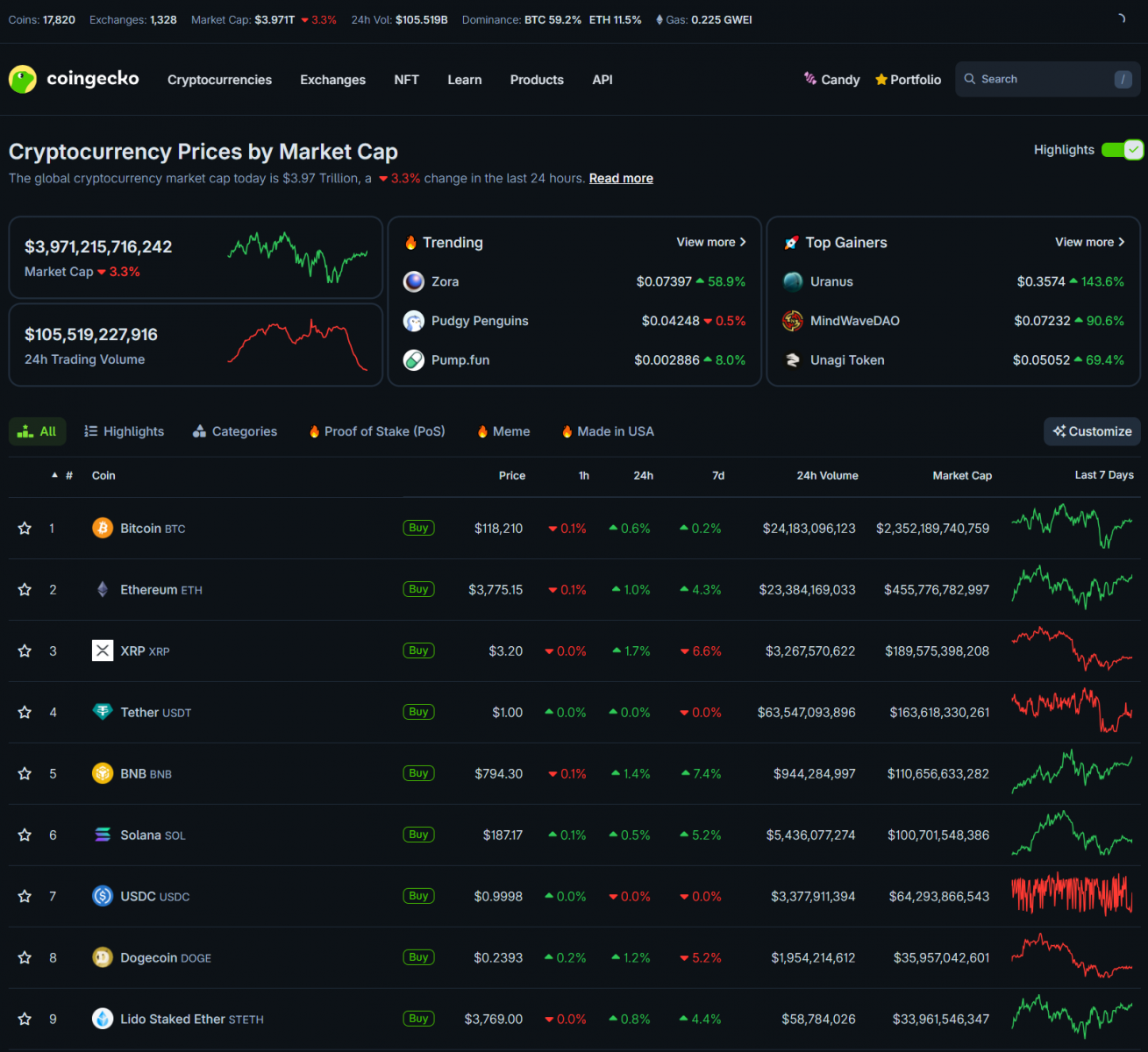
The recent volatility in Bitcoin was linked to a Satoshi-era whale wallet transferring 80,000 BTC (valued at over $9 billion) to Galaxy Digital, a trading platform for institutional clients. Over the past few days, there have been signs that Galaxy facilitated a sale, which is believed to be connected to BTC's correction. Galaxy Digital officially announced that it successfully executed one of the largest Bitcoin transactions to date, selling over 80,000 BTC for a Satoshi-era whale. Galaxy stated this was part of the investor's asset allocation plan. The CEO of CryptoQuant noted that these BTC had been "dormant" for 14 years, initially stored in wallets on the now-defunct MyBitcoin platform. These wallets showed no activity since April 2011 and are believed to belong to either the hacker who attacked MyBitcoin or its anonymous founder, Tom Williams.
Despite the historical scale of this sell-off, Bitcoin's price only dipped by about 3% before quickly recovering to above $118,000. Additionally, a large volume of long liquidations also contributed to the downward pressure on BTC. This remarkable resilience in the face of such a large, long-dormant supply coming to market suggests robust underlying demand, particularly from institutional players.
Is the 4-Year Cycle Still Relevant for Bitcoin?
The crypto market is entering a sensitive period as the year-end approaches. A significant question now arises: is the traditional 4-year cycle still valid for Bitcoin? By conventional wisdom, this year should be a breakout year, yet so far, the market has not seen a clear "blow-off top" like in previous cycles. Bitcoin's price has steadily climbed past $100,000, $110,000, and recently $120,000, but it hasn't shown the rapid parabolic ascent followed by a swift crash seen in previous late-cycle stages. Meanwhile, the altcoin market has only recently begun to warm up, and most altcoins have yet to surpass their previous all-time highs.

Many experts believe the current landscape is fundamentally different. The CEO of CryptoQuant argues that the traditional 4-year cycle is no longer applicable in the new environment. In the past, whales typically bought at the bottom and sold to retail investors at the peak, contributing to distinct boom-bust cycles. However, the distribution dynamic has now shifted, with whales selling to institutional investors and long-term holders, rather than individual retail investors as before. According to him, retail investors are currently only returning to the market on a modest scale, far from the frenzy seen in 2017 or 2021. These institutions are buying not for short-term speculation, but to serve long-term strategies; many companies even use Bitcoin as a tool to increase stock value, rather than seeking direct profit from the digital asset.
From an institutional perspective, Bitwise CEO Matt Hougan offers a similar view. He believes that capital inflows into spot Bitcoin ETFs will continue to accelerate as national account platforms complete their due diligence processes. This could extend until the end of this year or early next year, but once these institutions officially participate, the market will enter a completely new phase. Unlike retail investors who can buy ETFs immediately, financial institutions must undergo multiple rounds of rigorous due diligence, with some requiring up to 8 meetings before approving investment flows. The fact that this process is ongoing means that significant institutional capital is likely to flood the market in 2026—a time Hougan believes Bitcoin will completely break its 4-year cycle pattern.
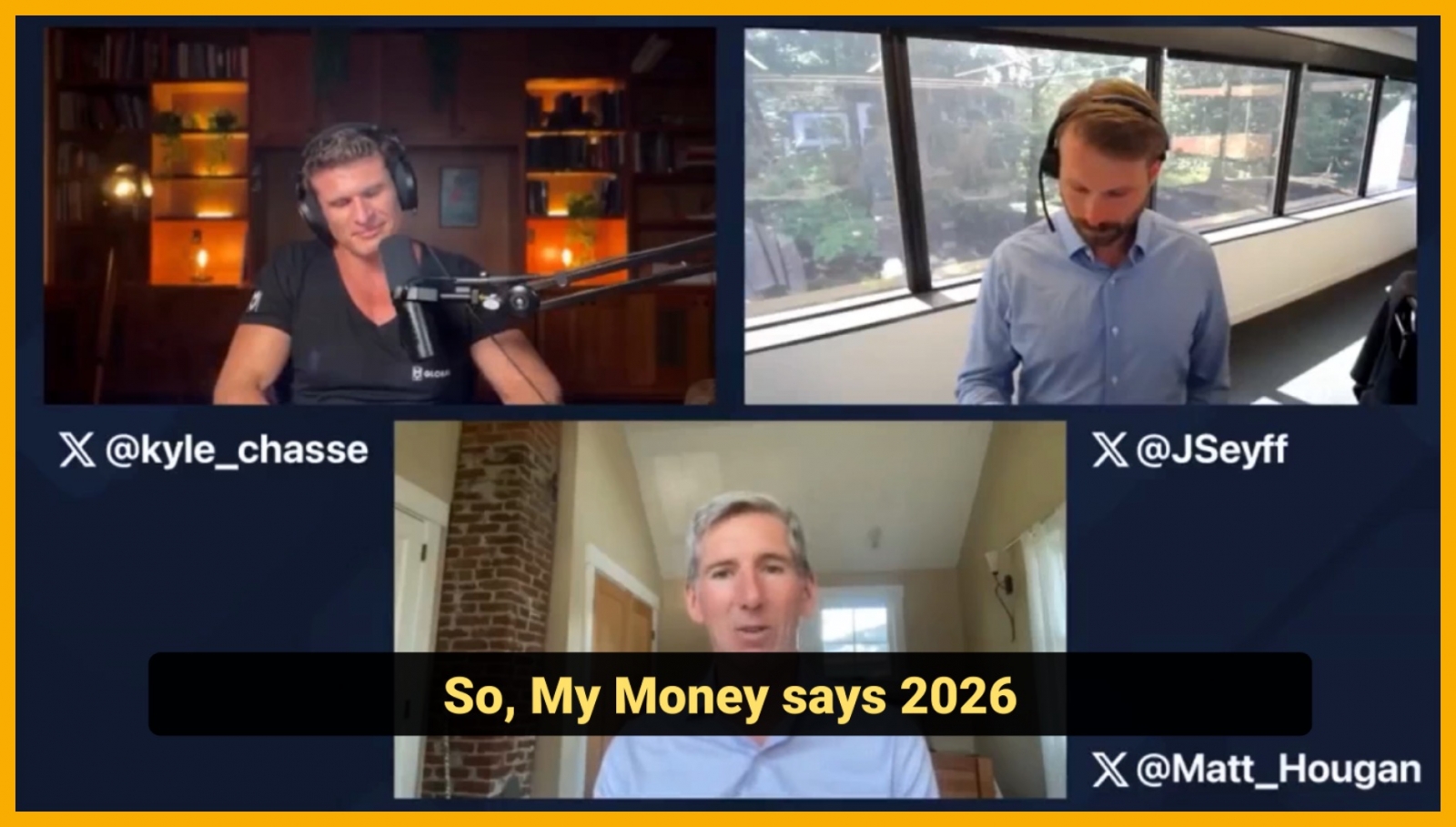
However, the question is not whether the 4-year cycle will continue, but rather how prepared investors are for both scenarios. If the old cycle repeats and next year brings a downtrend, what is your plan to protect profits? If the 4-year cycle is indeed broken and prices continue to rise, are you ready to seize the opportunity? This is where risk management plays a pivotal role. Attempting to catch the exact top or bottom is extremely difficult, so a strategy of dollar-cost averaging into purchases during corrections and dollar-cost averaging out during high price periods is the approach I recommend. This strategy helps mitigate risk and stabilize investment efficiency in the long term.
Additionally, Citi Bank has presented three scenarios for Bitcoin's price by year-end. The base scenario targets $135,000—a modest increase from the current price. The optimistic scenario forecasts $199,000 if ETF inflows significantly accelerate. Conversely, the negative scenario posits a return to $64,000 in the event of a severe US stock market decline. In Citi's valuation model, ETF capital flows are deemed the most significant influencing factor, outweighing user growth or macroeconomic factors. The ETF factor alone, if inflows reach $15 billion, could push Bitcoin's price up by an additional $63,000—a figure highlighting the decisive role of institutions in this phase.
Nevertheless, one might ask: if the 4-year cycle is gradually losing its influence, why has it repeated before? The answer lies in the dominant narrative of each period. 2017 saw the ICO wave. 2021 was the explosion of NFTs, GameFi, and DeFi. And 2022 was the collapse of UST and numerous large companies, leading to the crypto winter. Each cycle has its own "story," and currently, that story is the wave of institutional Bitcoin accumulation—through ETFs or direct holdings. In just the recent quarter, the number of companies holding Bitcoin increased by 35%, with total holdings exceeding 900,000 BTC. MicroStrategy continues to lead this wave. While there are inherent risks, MicroStrategy's experience accumulating through previous crises provides a certain level of confidence for institutional investors. A greater risk might come from newer companies entering the space, as it's unclear if they possess the necessary patience and resilience should the market sharply reverse.
More broadly, many factors that once underpinned the 4-year cycle are gradually diminishing in influence. The ongoing halving events continue to reduce block rewards by progressively smaller amounts, thus weakening their impact on supply and demand. Interest rates, a crucial macroeconomic factor, are expected to decrease next year rather than increase, thereby supporting risk assets. Furthermore, the emergence of ETFs and a clearer legal framework help mitigate major risks, while paving the way for stronger institutional capital participation.
In essence, while the 4-year cycle once played a significant role in shaping crypto market expectations, the current landscape has seen many changes in capital flow structure, investor behavior, and the influence of macroeconomic and regulatory factors. The participation of major financial institutions through ETFs and long-term holding strategies is creating a new force, potentially overshadowing the role of traditional cycles. However, instead of trying to predict whether the 4-year cycle will repeat, investors should focus on building appropriate capital and risk management strategies, actively preparing for all possible scenarios. The market may no longer move to its old rhythm, but opportunities will always exist for those who are steadfast, flexible, and have a long-term vision.
President Trump Reiterates Calls for Fed Rate Cuts
President Trump posted on Truth Social about his visit to the Federal Reserve building renovation project with Chairman Jerome Powell and Senator Tim Scott. He criticized the project's high cost and slow progress, arguing it shouldn't have started in the first place, but also acknowledged that the US economy is strong enough to afford it. Comparing it to his own lower-cost renovation of the Old Post Office Building, Trump emphasized the importance of completing the project soon and lowering interest rates.
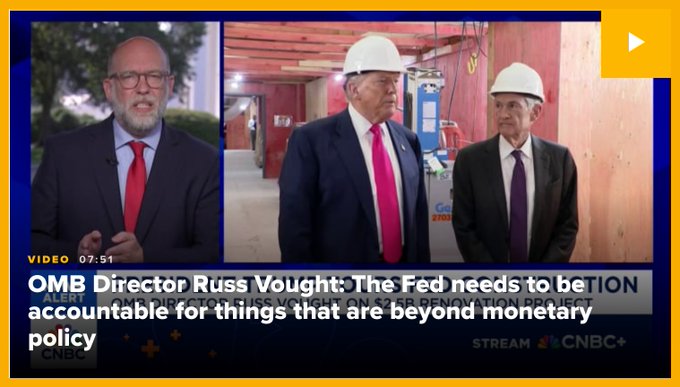
President Trump expressed confidence after his meeting with Fed Chairman Jerome Powell, describing the discussion as positive and believing Powell would soon propose interest rate cuts. Both the White House and the Fed considered the meeting constructive, with the Fed expressing honor at hosting a US President for the first time in nearly 20 years. However, the White House continues to exert pressure, with Budget Director Russell Vought calling for rate cuts to support the real estate market and a review of the Fed's operations, while criticizing the excessive cost of the Fed building renovation. The President concluded by trusting Chairman Powell to "do the right thing" on interest rates, albeit potentially belatedly.
Despite the Fed's success in bringing down inflation from 9% to around 2% in the past few years, and maintaining a stable unemployment rate of about 4%, pressure for rate cuts remains immense. Many parties, from the White House and Congress to financial institutions, desire lower interest rates to boost growth, refinance national debt, and make it easier for people to borrow for homes and cars. However, forecasts from this July's meeting suggest the Fed is highly likely to keep rates unchanged, with a potential cut only at the September meeting. Crucially, the market needs to see clear signals from the Fed about preparing for rate cuts, as mere belief in that possibility is enough to trigger a positive reaction. Additionally, next week will bring the first crypto report from the White House, expected to provide guidance on whether the US might accumulate Bitcoin and cryptocurrencies as part of its national reserves—a point of significant interest to many.
Other Key Crypto & Financial Updates
The US Treasury has now allowed citizens to donate to reduce national debt through electronic payment platforms like Venmo and PayPal. Contributions can be made via the "Gifts to Reduce the Public Debt" page on Pay.gov. This donation program has existed since 1996 but has only received a total of $67.3 million.
Michael Saylor has officially announced an increase in the value of the Stretch preferred stock offering ($STRC) from $500 million to $2.521 billion due to overwhelming demand. A portion of the raised capital will be used to purchase additional BTC. This signals continued strong institutional and investor appetite for MicroStrategy's Bitcoin-centric strategy.
Christie’s has launched a specialized team to facilitate real estate transactions using crypto, enabling buyers and sellers to conduct deals without traditional banks. This move follows major transactions, such as the sale of a $65 million property in Beverly Hills using Bitcoin. The company currently has approximately $1 billion in real estate listings that accept crypto payments. Christie’s states that this method helps preserve buyer anonymity and attracts wealthy individuals from the crypto market, while predicting that crypto will account for one-third of real estate transactions within the next 5 years.
Joseph Chalom, former global head of digital assets at BlackRock, has been appointed co-CEO of SharpLink Gaming. He will focus on developing a strategy centered around Ethereum, aiming to position the company as a major force in the DeFi sector. SharpLink Gaming currently holds over 360,000 ETH, making it one of the largest corporate reserves in the industry, and Chalom's strategy includes leveraging native staking and restaking to activate the company's ETH supply.
The Smarter Web Company, a UK-based digital solutions provider, recently purchased an additional 225 BTC, increasing its total Bitcoin holdings to 1,825 BTC. This continued accumulation by diverse global companies underscores the growing mainstream adoption of Bitcoin as a treasury asset.
Sources
- Bloomberg
- CoinDesk
- U.S. Treasury
- TradingView
- Reuters
- SEC
- White House Press Office
- CryptoQuant
- MyBitcoin (historical data)
- Bitwise
- Citi Research
- Truth Social (President Trump)
- Robert Kiyosaki (Rich Dad Poor Dad)
- Pay.gov
- Michael Saylor (MicroStrategy)
- Christie’s Real Estate
- SharpLink Gaming Investor Relations
- The Smarter Web Company Investor Relations
Disclaimer
This article is for informational purposes only and should not be considered financial advice. Please do your own research before making investment decisions.

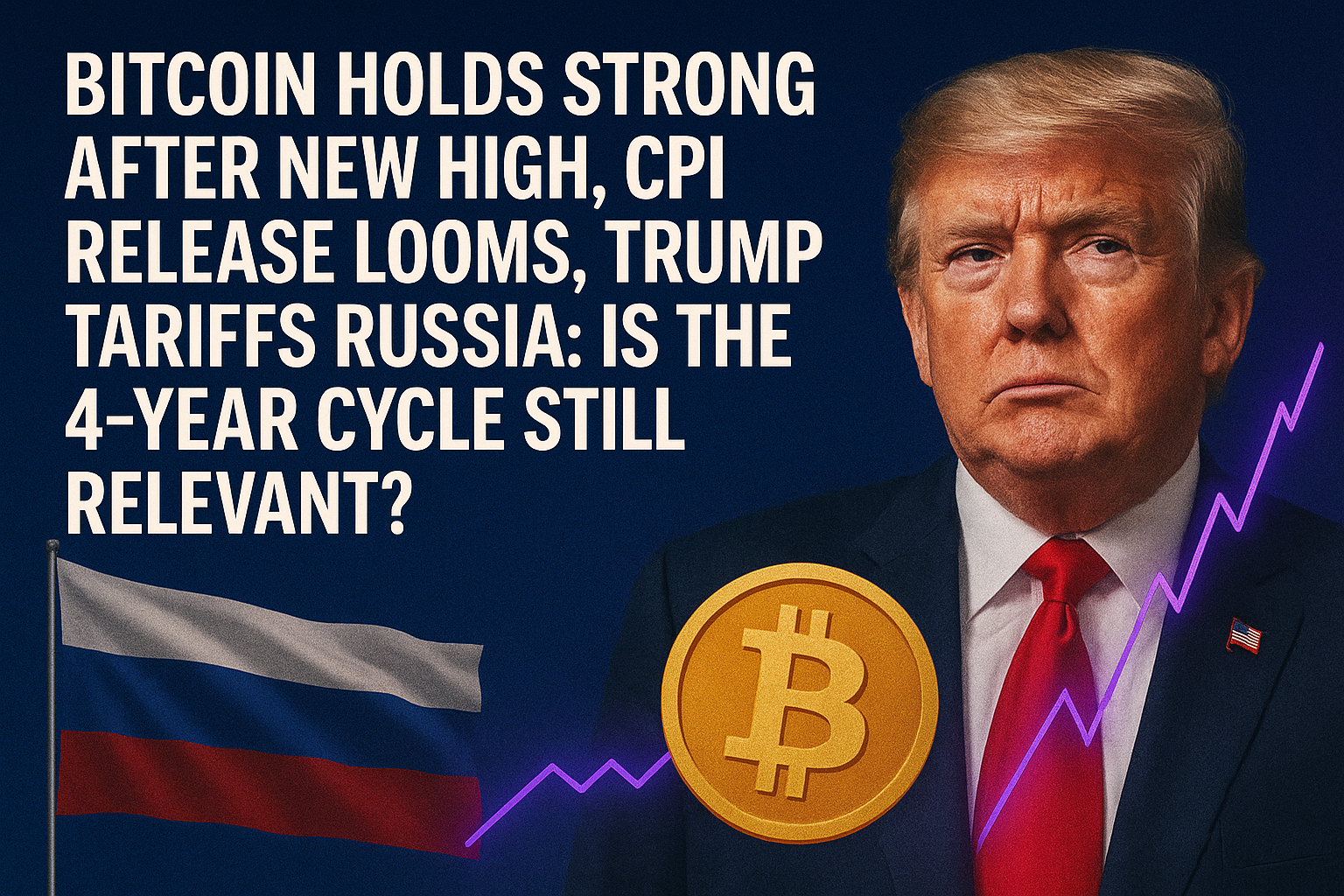
.png)




